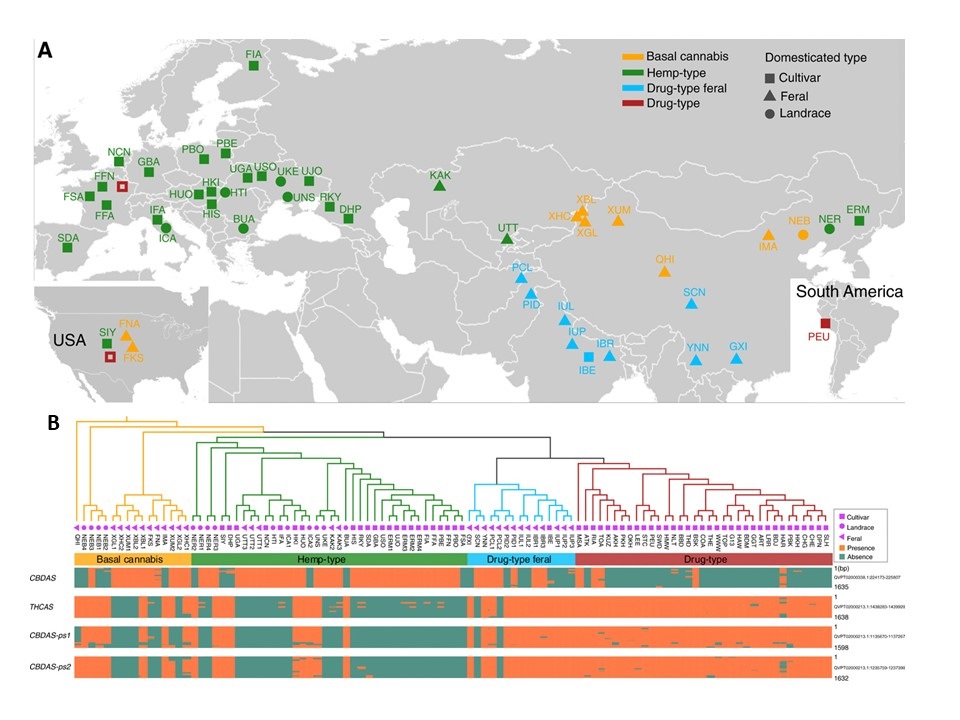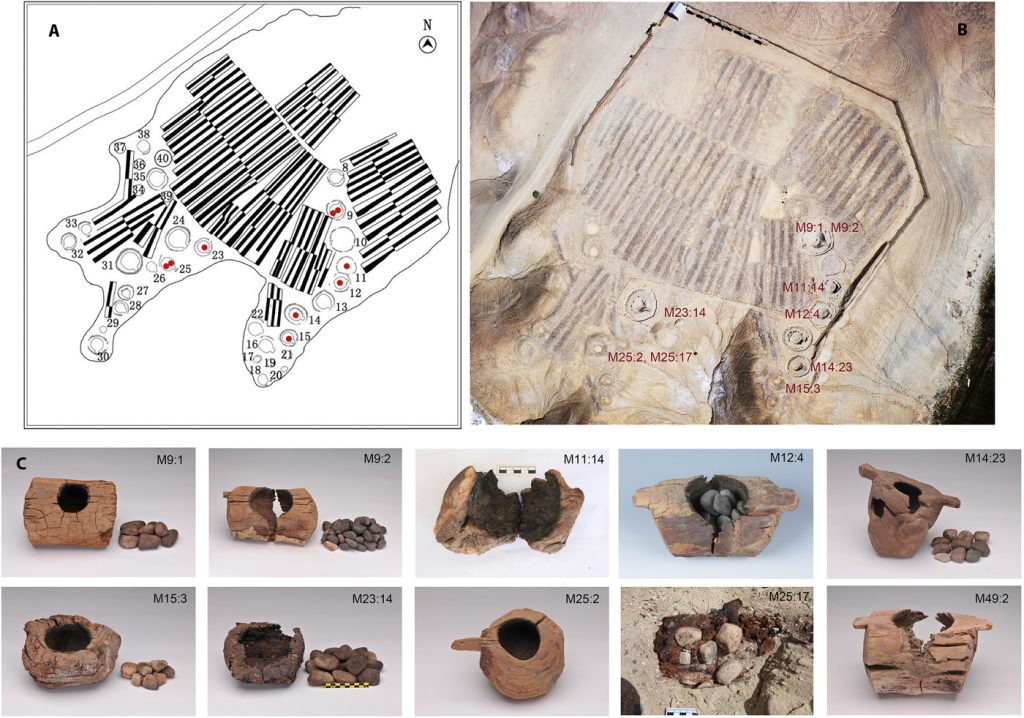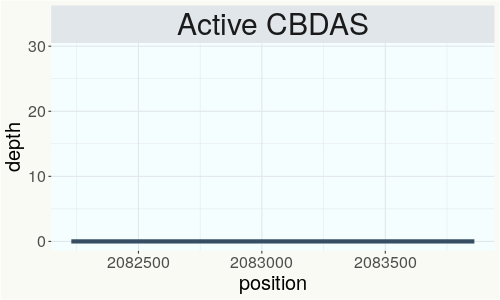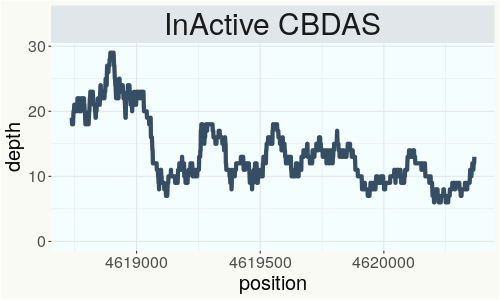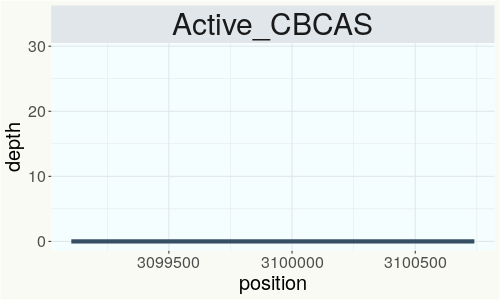Front. Plant Sci., 24 June 2020
Sec. Plant Systematics and Evolution
Volume 11 - 2020 | https://doi.org/10.3389/fpls.2020.00718
Spent alot of time researching this subject
Also the evolution from
/ˌselfˈfərd(ə)l/
adjective
BOTANY

(Figure 3). The factors which trigger this change in phenotype have not been extensively researched.
There is a white paper that discusses that different metal ions can be a sex determining factor
Might take me a while to find it.
I always wondered if they can be reversed how is it not possible to get a XY back from a XX
Considering just feminized seeds ...
Im not doubting any of it just its very rare Thanks for sharing
Thanks for sharing 
Sec. Plant Systematics and Evolution
Volume 11 - 2020 | https://doi.org/10.3389/fpls.2020.00718
Hermaphroditism in Marijuana (Cannabis sativa L.) Inflorescences – Impact on Floral Morphology, Seed Formation, Progeny Sex Ratios, and Genetic Variation
Spent alot of time researching this subject
Also the evolution from
- Monoecious
The term "monoecious" translates to "single house". Monoecious plants have some flowers with stamens and other flowers with pistils.
TO - Dioecious
The term "dioecious" translates to "double house". Dioecious plants have either only male flowers or only female flowers.
/ˌselfˈfərd(ə)l/
adjective
BOTANY
- (of a plant) capable of self-fertilization.
(Figure 3). The factors which trigger this change in phenotype have not been extensively researched.
There is a white paper that discusses that different metal ions can be a sex determining factor
Might take me a while to find it.
I always wondered if they can be reversed how is it not possible to get a XY back from a XX
Considering just feminized seeds ...
Im not doubting any of it just its very rare
 Thanks for sharing
Thanks for sharing 
Last edited:

